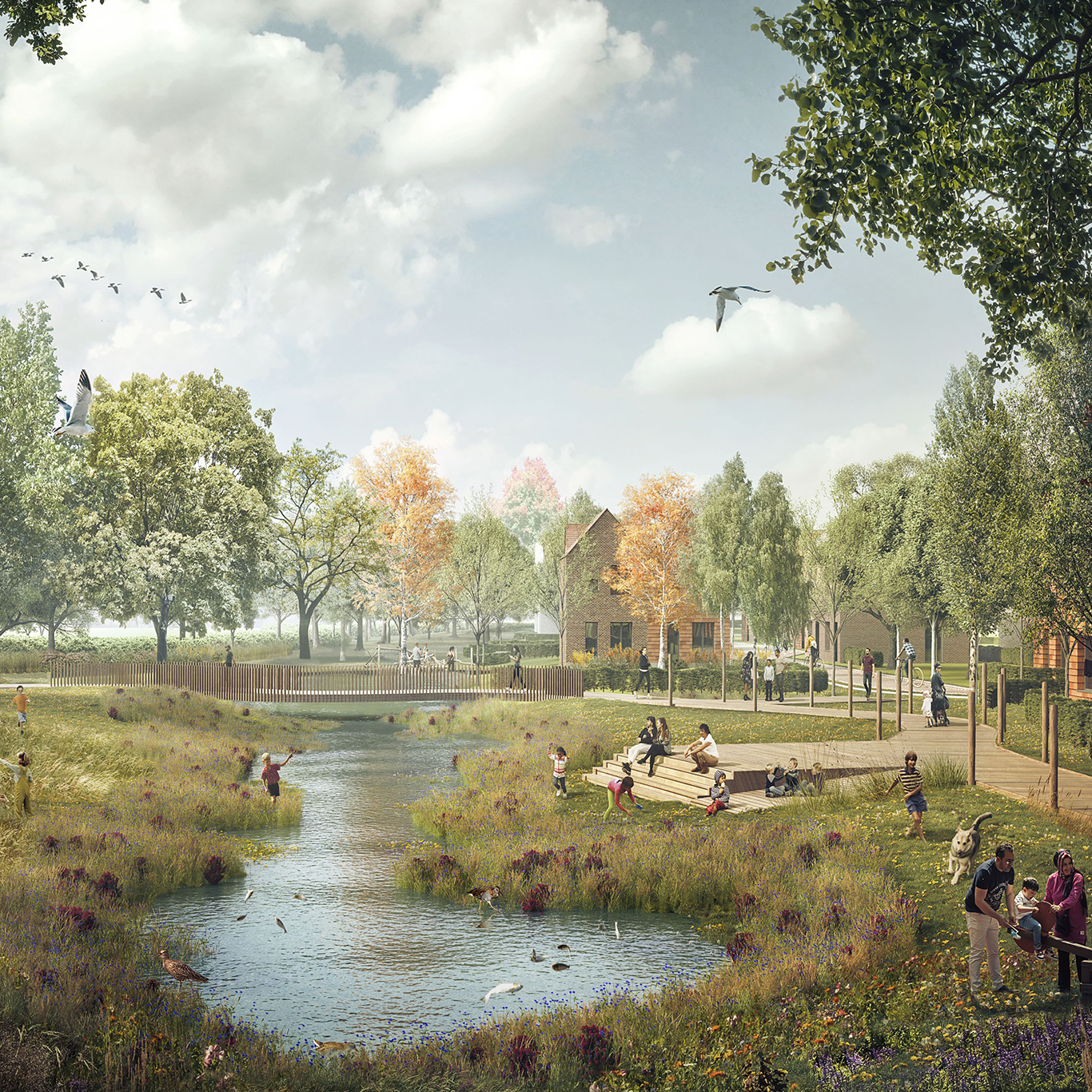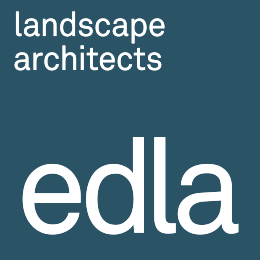
Navigating the Complexity of Biodiversity Net Gain: A Landscape Architect’s Perspective
By Eleanor Trenfield
Founder and Director, EDLA Landscape Architects
Achieving 10% Biodiversity Net Gain within development became mandatory on the 12th of February, however this is not a new concept to the industry, and many of our clients have been working towards this (and in some cases a self-imposed 20% BNG) for years. So, we offer extensive experience to draw from, working closely with the ecologist and client.
Biodiversity Net Gain offers a transformative opportunity to create landscapes where both people and nature thrive. It is an environmental game changer, or at least it has the potential to be. The notion is simple; retain existing habitats as far as possible, enhance, and / or create new habitats so that overall, there is a net improvement to biodiversity of 10%. We fully support the concept of BNG, however, the Metric in its current iteration is highly complex and resulting in some questionable outcomes. It is also penalising ambition. It is calculated through a comprehensive spreadsheet, requiring inputs from experienced and competent ecologists.
So how do landscape architects fit into this?
Good landscape design is not just about creating visually appealing spaces for developments—it’s a collaborative process aimed at fostering resilience and promoting harmony between people and nature.
As landscape architects, we stand as an experienced partner to create viable projects that contribute to a more sustainable and biodiverse future for generations to come. We model scenarios with the ecologist, inputting at an early stage into the appropriateness (or not) of particular habitats from a design and placemaking perspective, and ensuring that the required areas are accommodated into the design. We also create or input into the Landscape and Biodiversity Management Plans (the management period required is 30 years).
BNG is adding to the myriad of uncertainties and complexities in projects, and our team is attending conferences and seminars regularly to discuss the many questions are clients and design teams are faced with. Natural England recently said in a seminar we attended that ‘BNG should be used to guide to design, not dictate design’, but is this a realistic position if it is a mandatory requirement in Planning?
We are seeing that strategic and larger sites are achieving BNG relatively easily in many cases, however, smaller sites (under 50 units) are finding this far more challenging. The smaller sites are also unlikely to have allocated budgets to do the early scenario testing that we would recommend. Developers are increasingly looking to land banks which add to the costs of a scheme significantly, and may not have been factored in when looking into viabilities, or they are being advised to reduce unit numbers, which may also result in the scheme becoming unviable.
Where BNG is being incorporated on site, there is an obvious pressure to achieve maximum points, where we see some (not all) ecologists proposing habitats that would be inappropriate for the location, or equally unfortunate, fencing them off to achieve maximum condition, effectively preventing people from accessing the landscape and interacting with nature within these habitats. ‘Irreplaceable habitats’ such as Ancient Woodlands which could benefit from long term management as part of a planning application are being excluded from red line boundaries as it is too difficult to achieve 10% BNG within an irreplaceable habitat, despite the significant obvious benefits to nature that a long term management plan would bring. Many of the ecologists we are working with are equally frustrated that design quality is being reduced to a paint by numbers approach where the most appropriate habitats are not the ones that score highest. And we are seeing a tension between what would achieve maximum points from a BNG perspective, versus what would be appropriate from a landscape / visual mitigation perspective / green infrastructure planning. For example the project may benefit from a new area of woodland for visual mitigation, however in order to achieve BNG, the area is required to be categorised as grassland with scattered trees, which may not suitably address visual impact.
Despite the frustrations we have with the Metric tool in these early days, we are in no doubt that Biodiversity Net Gain will be immensely positive and transformative for our industry and the landscape. We just need to iron out some of the glitches in the Metric…
To aid our clients, we have put together 10 Top Tips for Harnessing Landscape Architecture in Development Projects. From cultivating collaboration between ecologists and landscape architects to championing connectivity and community engagement, our top tips offer practical guidance for developers seeking to enhance biodiversity within their projects.
Please do get in touch if you would like to discuss your proposals.
